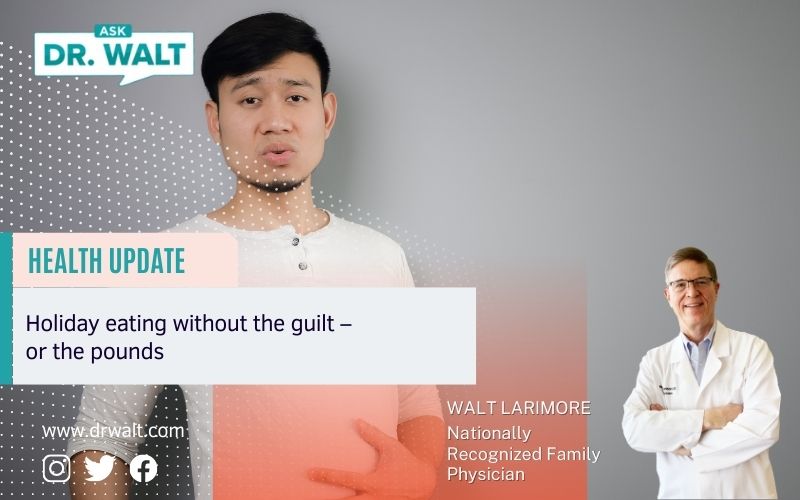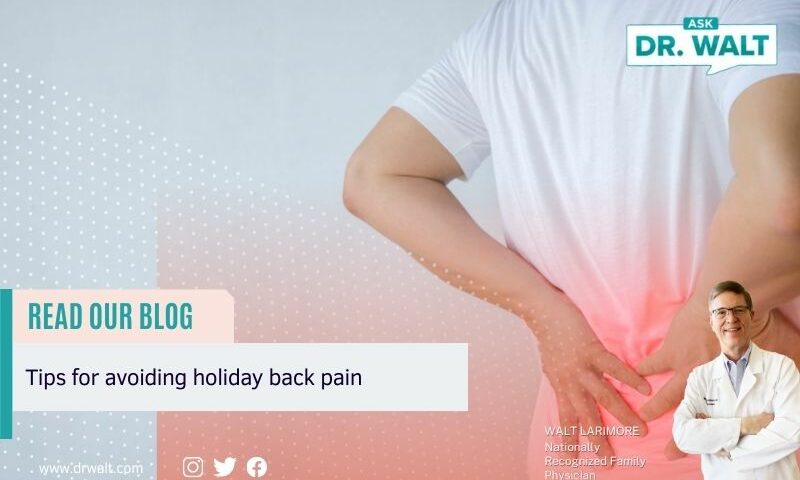
Families can find joy in pared-down, simpler holidays
December 12, 2022
Holiday eating without the guilt – or the pounds
December 14, 2022Planning on shopping ’til you drop? CBS News reports that the Centers for Disease Control and Prevention says that over 50,000 people every year sustain some sort of winter-related back injury, and 5,800 of those are holiday decorating-related.
Your back could sustain all sorts of strain from carrying heavy purchases, and from the increased stress of lugging suitcases, decorations, and gifts.
Primary care physician Dr. Alanna Levine spoke to Debbye Turner Bell on CBS’ “The Early Show” about how your protect your back this holiday season.
- The first tip Dr. Levine gave was about carrying heavy shopping bags. Smaller bags, she said, are better. “You don’t want to load everything up into one bag and lug it around,” Dr. Levine explained. “You want to distribute the weight on your body.”
- She also recommended putting heavier items towards the bottom of those bags and lighter items on top.
- Also, if you can, make frequent trips to the car to drop off purchases.
Travel can be another pain in the back – from carrying heavy luggage. Again, Dr. Levine stresses not to pack everything into one bag.
- Even though it may cost more, she said that packing two smaller bags is safer than packing one heavy one.
- Also, choose a lightweight bag, so that the only weight you’re carrying is the contents inside the suitcase.
When unloading bags from an airport carousel, Dr. Levine suggests standing close to the carousel and bending your knees to lift it up. “You want to avoid that reach-and-lift. It puts a lot of strain on your lower back,” she said.
When it comes to holiday decorating, people can get adventurous. Dr. Levine suggests decorating in pairs, so one person can hand the lights and ornaments to the other person to hang, as to avoid reaching or twisting to get what you need.
© Copyright WLL, INC. 2022. This blog provides healthcare tips and advice that you can trust about a wide variety of general health information only and is not intended to be a substitute for professional medical advice, diagnosis, or treatment from your regular physician. If you are concerned about your health, take what you learn from this blog and meet with your personal doctor to discuss your concerns.



